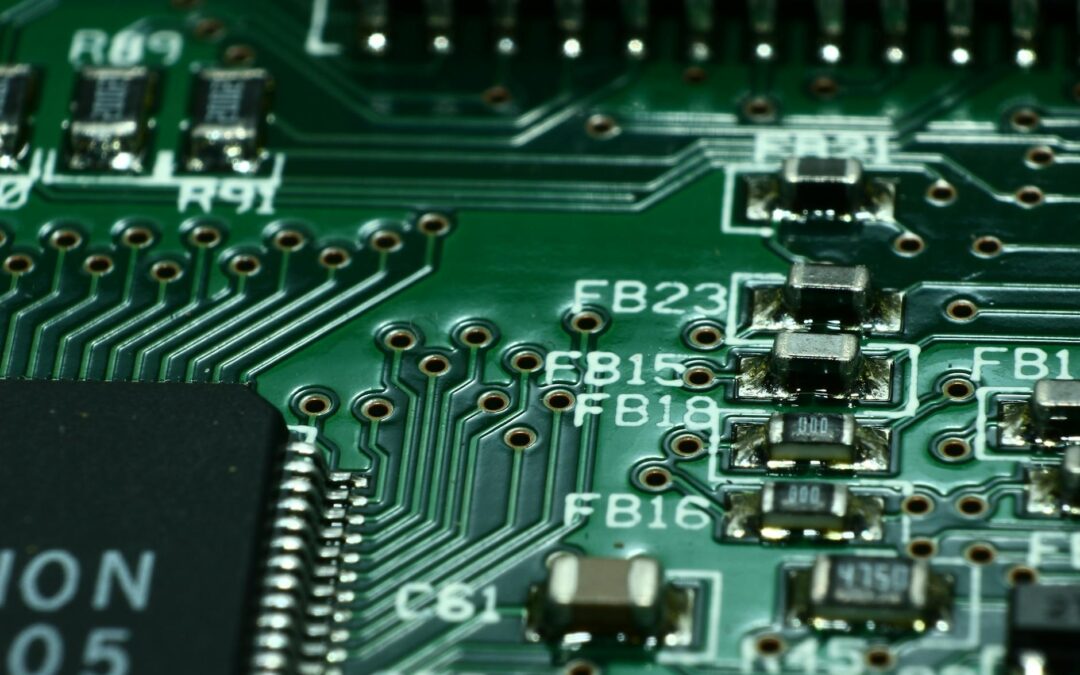Uncover the fascinating evolution of AI from Turing to today in this captivating journey through history and innovation. Don’t miss out!
Table of Contents
Artificial Intelligence, or AI, has become a ubiquitous term in our modern world. From the virtual assistants on our smartphones to the sophisticated algorithms driving recommendation engines, AI technologies have permeated nearly every aspect of our lives. But how did we get here? To truly understand the present and future of AI, we must first take a journey back in time to explore its historical context.
Early Developments in AI
AI as a concept dates back to the 1950s when pioneering researchers like Alan Turing began laying the groundwork for what would eventually become the field of artificial intelligence. Turing’s work on the concept of a “universal machine” paved the way for the development of early AI systems that could perform logical reasoning tasks.
One of the first AI programs, the Logic Theorist, created by Allen Newell and Herbert A. Simon in 1956, demonstrated the potential of AI to mimic human problem-solving abilities. This breakthrough sparked a wave of interest and investment in AI research during the following decades.
Key Milestones in the History of AI
Throughout the 20th century, AI researchers made significant advancements in various subfields of artificial intelligence. In 1959, Arthur Samuel developed the first self-learning program for playing checkers, laying the foundation for machine learning algorithms used in AI systems today.
In 1973, the development of the MYCIN system, a pioneering AI program for diagnosing infectious diseases, showcased the practical applications of AI in healthcare. This marked a turning point in the field of AI, demonstrating its potential to revolutionize various industries.
Notable Figures in the History of AI
Several influential figures have played key roles in shaping the development of AI over the years. One such figure is John McCarthy, who coined the term “artificial intelligence” in 1956 and organized the famous Dartmouth Conference that is considered the birth of AI as a field of study.
| Time Period | Key Figures | Technological Advances |
|---|---|---|
| 1930s-1940s | Alan Turing | Concept of Turing Machine, foundations of modern computing |
| 1950s | John McCarthy, Marvin Minsky | Birth of Artificial Intelligence as a field, creation of the term “AI” |
| 1960s | Arthur Samuel | Development of machine learning, creation of first computer program to play checkers |
| 1970s-1980s | Expert systems researchers | Focus on knowledge-based systems and rule-based reasoning |
| 1990s-2000s | Geoff Hinton, Yoshua Bengio, Yann LeCun | Rise of neural networks and deep learning, breakthroughs in image and speech recognition |
| 2010s-present | Andrew Ng, Fei-Fei Li | Advancements in AI applications, widespread adoption of machine learning technologies |
Another prominent figure is Marvin Minsky, known as the “father of AI,” who made significant contributions to the development of neural networks and symbolic reasoning systems. His work laid the groundwork for the field of cognitive science and AI research.
Conclusion
As we reflect on the historical context of AI, it becomes clear that the evolution of artificial intelligence has been a journey marked by innovation, collaboration, and breakthrough moments. From the early developments in AI by visionaries like Alan Turing to the practical applications of AI in healthcare and beyond, the history of AI is a testament to human creativity and ingenuity.
By understanding the historical context of AI, we can gain a deeper appreciation for the technology that shapes our world today and look forward to a future where AI continues to push the boundaries of what is possible. The journey from Turing to today is just the beginning of an exciting era of artificial intelligence innovation and discovery.
FAQs
What are the key milestones in the history of AI?
Key milestones in AI history include the creation of the Logic Theorist in 1956, the development of the MYCIN system in 1973 for disease diagnosis, and the introduction of self-learning programs like Arthur Samuel’s checkers-playing program in 1959.
Who are some notable figures in the history of AI?
Prominent figures in AI history include Alan Turing, John McCarthy, Marvin Minsky, and contemporary innovators like Geoff Hinton, Yoshua Bengio, and Fei-Fei Li, whose contributions have shaped the field’s evolution.
How has AI evolved over time?
AI has evolved from early conceptualizations by Turing to practical applications in healthcare, finance, and other industries. Advancements in machine learning, neural networks, and deep learning have facilitated the development of sophisticated AI systems with enhanced capabilities.
What is the significance of understanding the historical context of AI?
Understanding the historical context of AI provides insights into the technology’s origins, evolution, and potential future directions. It allows us to appreciate the creative innovations and collaborative efforts that have driven AI progress, paving the way for further advancements and applications in various domains.


Recent Comments